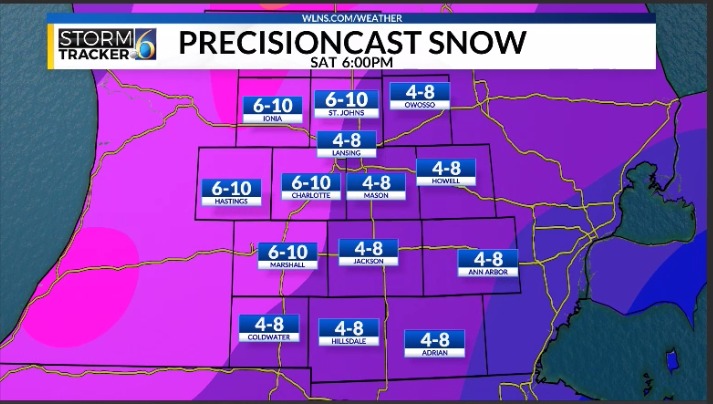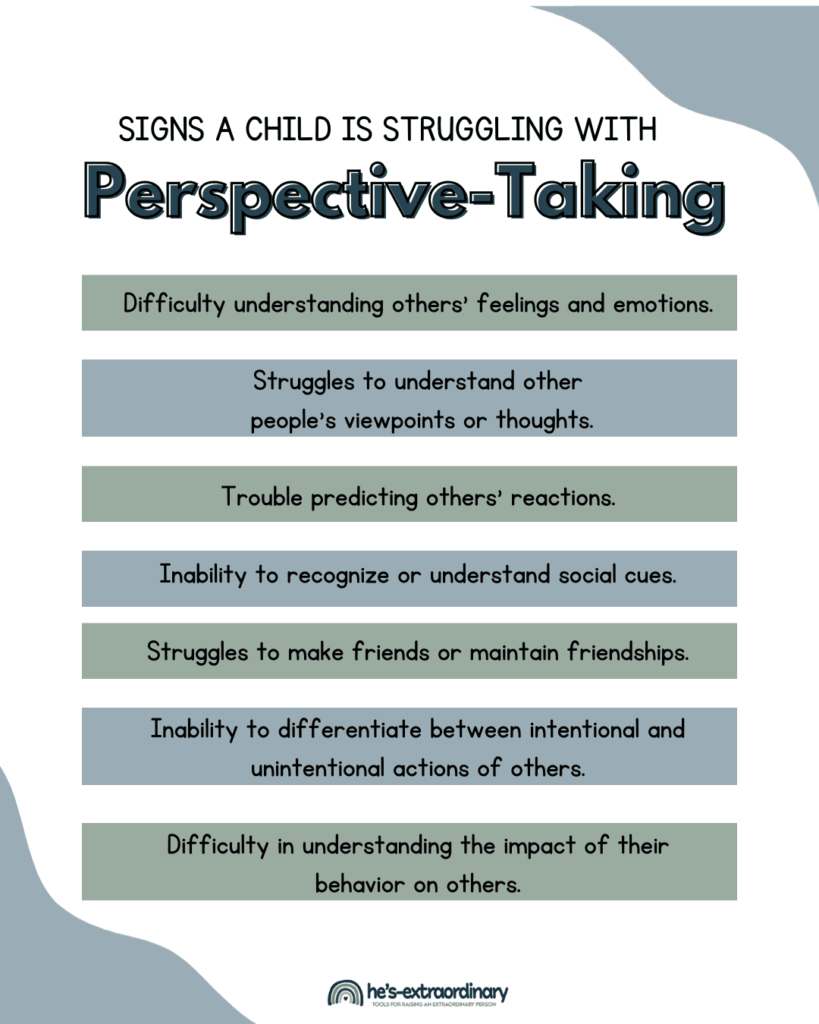School Cancellation Policies During Winter Weather Advisories

Table of Contents
Factors Influencing School Cancellation Decisions
Several factors contribute to a school district's decision to cancel classes or delay openings due to winter weather. Understanding these factors can help you better anticipate potential closures.
Weather Severity
The severity of the winter weather is the primary driver of school cancellations. This includes:
- Snow Accumulation: A certain amount of snow accumulation (often specified in inches) can make roads impassable and create hazardous walking conditions. School districts often have pre-determined thresholds for snow accumulation before considering cancellation.
- Ice Formation: Black ice, especially, is incredibly dangerous. Even a thin layer of ice can make roads extremely slippery and significantly increase the risk of accidents for students and staff commuting to school.
- Wind Chill: Extremely low wind chill temperatures can pose a serious health risk, making it unsafe for students to wait for buses or walk to school.
- Blizzard Warnings: Blizzard warnings indicate severe conditions with heavy snow, strong winds, and reduced visibility, making travel extremely hazardous. School cancellations are almost certain under blizzard warnings.
- Freezing Rain: Freezing rain creates hazardous icy conditions on roads, sidewalks, and school grounds, increasing the risk of slips and falls.
It's important to understand the difference between a weather advisory, watch, and warning. A weather advisory indicates that hazardous weather is possible. A watch means conditions are favorable for hazardous weather to develop, while a warning means hazardous weather is happening or is imminent. Warnings typically result in increased likelihood of school cancellations.
Road Conditions
Safe transportation is paramount. Impassable roads directly impact the ability of students and staff to reach school safely. Factors considered include:
- Impassable Roads: Major roads and particularly bus routes must be safe and accessible. School districts often work closely with transportation departments to assess road conditions.
- Bus Routes: The condition of all bus routes is critically assessed. Even if major roads are passable, icy or snow-covered bus routes will likely lead to cancellations.
- Accessibility for Students and Staff: The ability of all students and staff to safely reach the school is a primary concern. This includes considering the walking conditions for students who walk or bike to school.
- Road Closures: Official road closures by transportation authorities significantly influence school cancellation decisions.
School Building Conditions
The condition of the school building itself also plays a role. Issues can include:
- Power Outages: A power outage can render the school unusable, affecting heating, lighting, and other essential systems.
- Heating Issues: If the heating system malfunctions during a cold snap, the school may become unsafe or uncomfortable for students and staff.
- Structural Damage: In extreme weather events, schools may suffer structural damage, making them unsafe for occupancy.
- Roof Collapses (in extreme cases): Heavy snow accumulation can, in rare cases, lead to roof collapses, necessitating immediate closure and potentially extensive repairs.
How School Districts Communicate Cancellations
School districts employ various methods to inform parents and staff about cancellations or delays. It’s crucial to check multiple sources for reliable information:
Official Communication Channels
School districts utilize a variety of methods to ensure widespread communication:
- School Website: Most school districts post cancellation announcements prominently on their official websites.
- Mobile App Notifications: Many schools utilize mobile apps to send push notifications directly to parents' and staff's smartphones.
- Local News Channels: School districts often partner with local news channels to broadcast cancellation announcements.
- Social Media (Facebook, Twitter): Social media platforms like Facebook and Twitter are frequently used to share updates quickly.
- Email Alerts: Schools may send email alerts to parents and staff who have signed up for the service.
- Automated Phone Calls: Automated phone call systems allow schools to reach a large number of parents and staff simultaneously.
- Text Messages: Text message alerts provide a quick and efficient way to communicate urgent information.
Timing of Announcements
The timing of cancellation announcements varies depending on the situation:
- Early Morning Announcements: Announcements are often made early in the morning, before students need to leave for school.
- Evening Announcements (before severe weather hits): In anticipation of severe weather, announcements may be made the evening before to allow parents time to make arrangements.
- Updates Throughout the Night: If conditions change overnight, updates may be issued throughout the night.
- Delayed Opening Announcements: Sometimes, instead of a full cancellation, schools may announce a delayed opening.
What to Do When School is Cancelled
When school is canceled due to winter weather, prioritizing safety is key:
Safety Precautions
- Stay Indoors: Unless absolutely necessary, remain indoors to avoid exposure to hazardous weather conditions.
- Avoid Unnecessary Travel: Stay off the roads unless it's an emergency. Roads may be icy or snow-covered, increasing the risk of accidents.
- Check on Neighbors: Check on elderly or vulnerable neighbors to ensure their safety and well-being.
- Monitor Weather Updates: Keep an eye on weather reports for updates on the storm's progress and any changes in the forecast.
- Have Emergency Supplies: It's wise to have a supply of essential items on hand, including food, water, medications, and flashlights.
Alternative Learning Plans
Many schools utilize alternative learning plans during cancellations:
- Online Learning Platforms: Online learning platforms allow students to continue their education remotely.
- Assignments Posted Online: Teachers may post assignments online for students to complete at home.
- Make-up Work Policies: School districts typically have policies in place to address make-up work for missed classes.
- Snow Days vs. Remote Learning Days: Some schools may treat snow days as true days off, while others incorporate remote learning to maintain academic progress.
Conclusion
Staying informed about school cancellation policies during winter weather advisories is crucial for ensuring the safety and well-being of students and staff. By understanding the factors that influence these decisions and utilizing the various communication channels available, parents and students can be prepared for any eventuality. Remember to regularly check your school district's website and other designated platforms for updates on school closures and delays due to inclement weather. Proactive planning regarding school cancellation policies winter weather will minimize disruption and ensure everyone stays safe.

Featured Posts
-
 D Wave Quantum Qbts Stock Market Movement A Comprehensive Overview
May 21, 2025
D Wave Quantum Qbts Stock Market Movement A Comprehensive Overview
May 21, 2025 -
 Winter Storm And School Closings A Guide For Parents And Students
May 21, 2025
Winter Storm And School Closings A Guide For Parents And Students
May 21, 2025 -
 Updated Trans Australia Run Record Attempt
May 21, 2025
Updated Trans Australia Run Record Attempt
May 21, 2025 -
 Defense Sector Investment Surge Big Bear Ai Bbai Holds Strong Buy Rating
May 21, 2025
Defense Sector Investment Surge Big Bear Ai Bbai Holds Strong Buy Rating
May 21, 2025 -
 The Goldbergs Behind The Scenes Facts And Trivia You Didnt Know
May 21, 2025
The Goldbergs Behind The Scenes Facts And Trivia You Didnt Know
May 21, 2025
Latest Posts
-
 Love Monster Beyond The Book Exploring The Brand And Its Products
May 22, 2025
Love Monster Beyond The Book Exploring The Brand And Its Products
May 22, 2025 -
 Reviewing Love Monster A Parents Perspective
May 22, 2025
Reviewing Love Monster A Parents Perspective
May 22, 2025 -
 Top Gbr News Grocery Savings Lucky Quarter And Doge Poll Results
May 22, 2025
Top Gbr News Grocery Savings Lucky Quarter And Doge Poll Results
May 22, 2025 -
 Love Monster Activities Engaging Children With Creative Play And Learning
May 22, 2025
Love Monster Activities Engaging Children With Creative Play And Learning
May 22, 2025 -
 Grocery Shopping Guide 2 K Quarter Doge Poll This Weeks Gbr News
May 22, 2025
Grocery Shopping Guide 2 K Quarter Doge Poll This Weeks Gbr News
May 22, 2025
